(go here to see all Vieques Island posts)
The Playa Grande Sugar Plantation ruins are on Vieques Island in Puerto Rico. For the sake of honesty and full disclosure, the ruins are occasionally open to the public during tourist season and are legally accessible as long as you stick to the path. However, if you go off-season and off-path, you can find some sketchy tunnels and disregarded areas that aren’t part of the tour. And if you go in the state that I did -alone, during a heavy rainstorm, mere minutes after getting dumped by my boyfriend on my 30th birthday- it’ll be an entirely different experience.
From the early 1800s to the early 1900s, Vieques Island’s main source of industry was sugar. The island had five plantations -Arcadia, Esperanza, Playa Grande, Santa Elena, and Santa María- all of which began to close during the decline of sugar exportation in the ’20s and ’30s. The last mill, Playa Grande, closed in 1941.
Centuries earlier, Vieques (and all of Puerto Rico) had seen the arrival of the Spanish, the enslavement (and eventual decimation) of the Taino, the indigenous people of the Island, as well as the importation of slaves from overseas. The earliest sugar mill workers were mostly slaves, primarily from Africa, until Puerto Rico abolished slavery in 1873.
The wildly unfair terms of abolition were that slaves could only be freed if they had the money to buy their way to emancipation. Having been forced to work for free, they of course had no money, so most stayed on as workers who were paid a pittance. In the mid to latter half of the 19th century, plantation workers consisted of local workers, ex-slaves from English colonies, and black immigrants from nearby Caribbean islands, both enslaved and independent, although the latter term was used loosely, due to the poor working conditions at the mills.
As Gerald Singer wrote in his book Vieques: A Photographically Illustrated Guide to the Island, Its History, and its Culture: “In 1874, hundreds of black workers at the Playa Grande Sugar Central rebelled against their mistreatment by the plantation owners and the government. The Spanish Civil Guard intervened, killing one worker and wounding several others. The protest lasted several weeks. Men, women, and children attacked the soldiers with sticks and stones and burned the sugar fields. Dozens were arrested and incarcerated at the fort.”
In the following decades, local and imported laborers ran the mills. Local laborers were given small plots of land on the plantation, which they used to supplement their income through small crops and fishing. Unfortunately, they were not given deeds or titles to their property, which posed a huge problem later. Imported workers were housed in barracks and moved around on a regular basis, depending on where they could find jobs.
Work at the sugar mills was inconsistent since crop farming was seasonal. The brunt of the work happened during harvest, between March and June. For 50 cents a day, workers put in 12-14 hours, cutting and loading the cane, then processing, packing, and shipping the sugar. In July and August, the land was prepped for the next crop, which would grow from September to February, a period known as “invernazo” aka “dead time.” During invernazo, there was no work available. Workers scraped by on tiny amounts of money garnered from personal crops and fishing.
In 1898, the United States took control of Puerto Rico in the Spanish-American war. Sugar prices dropped drastically over the next 20 years, and the mills began to close. Playa Grande was the last to go, closing in 1941. By that time, poverty and unemployment had forced many workers and citizens to leave Vieques.
That same year, the US Navy took over two-thirds of Vieques during WWII, and most workers lost their land and could do nothing about it since they were never given the original deeds. The island was then essentially held captive by the military until the 1990s, a horrible history you can read more about on my post about the island’s military bunkers.
If you got this far into reading this post because you wanted to hear the story of the breakup, I apologize for disappointing you, but it’s a story I’m saving for a future book. *puffs smugly on a wooden tobacco pipe and closes an old, leather-bound book.*
The vines were really dense in some areas of the jungle, which made for slow progress.
Always love a good set of stairs to nowhere.
I usually never do black and white photos, but I really messed up the color in some of these, on account of the rain storm and my tragic case of female hysteria aka heartbreak.
There were some tunnels I wanted to go in SO BAD but somehow I showed a rare and remarkable feat of restraint and did not. Mostly on account of I hadn’t told anyone were I was going, which is never a good idea, and I was all alone, which is a terrible idea, and two bad ideas do not a good idea make.
GUH. Just look at that tunnel!! Fuck it, I should have just gone in.
The tunnels had a fair amount of harmless ‘cave crickets’ in them. Plus after crawling through this tunnel in the woods of New Jersey, that smattering of cave crickets seems negligible now.
Like I said, you can go here with a paid reservation on an official tour, which I encourage since the money goes to the Vieques Conservation and Historical Trust.
A map of the ruins when it was still in operation.
See more photos of the Playa Grande Sugar Plantation on the flickr set.
__________________
Disclaimer: If any information is incorrect, if you have more info, or if you’d just like to tell me something, feel free to contact me.
To support my work and see new comics, go here. To buy books, original artwork, merch, and more, visit my website store. Follow me on instagram.



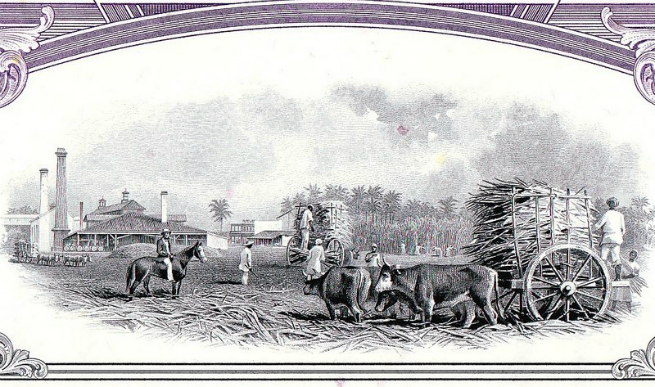





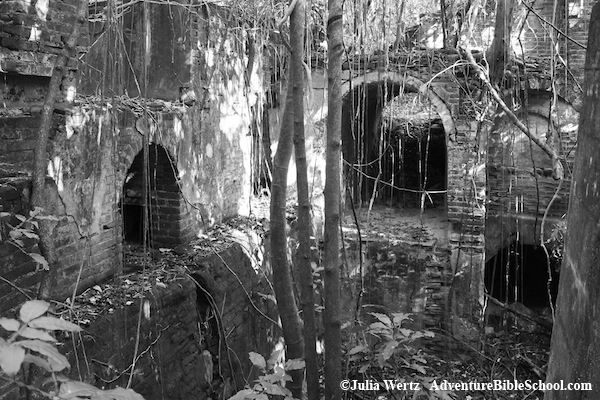


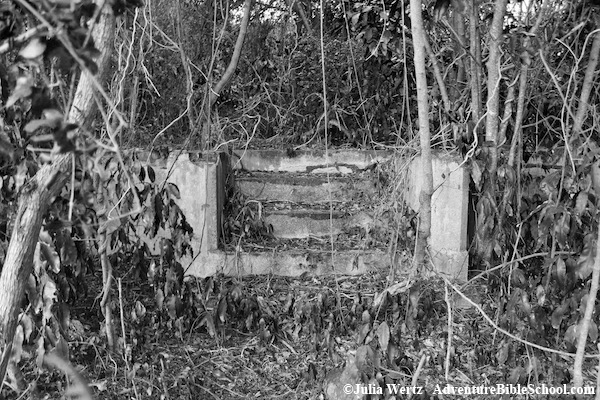
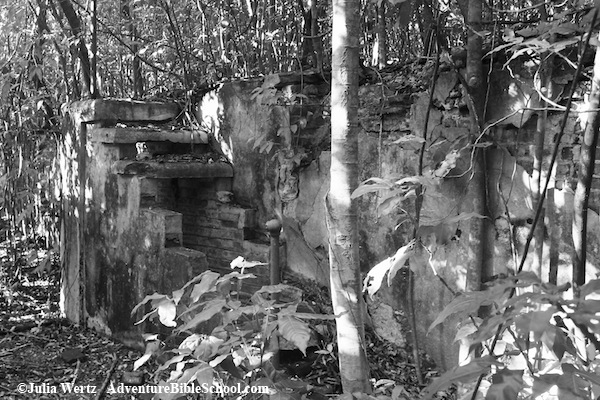




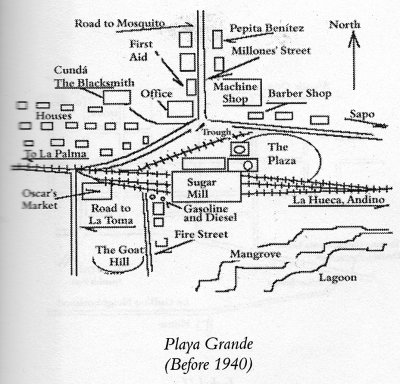
Sorry, the comment form is closed at this time.